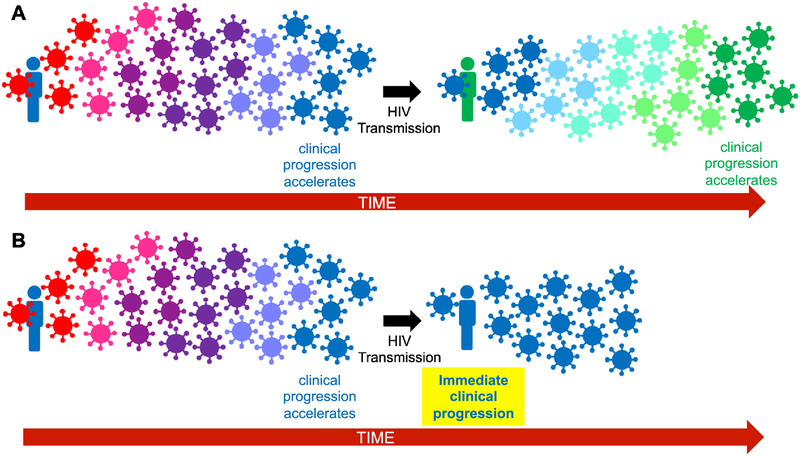Figure 2. Clinical consequences of adapted HIV transmission.
Panel A. HIV transmission between HLA-unmatched individuals: normal clinical progression. As illustrated in Figure 1, it takes time for descendant within-host HIV populations to fully adapt to host HLA (shown by virus color change to match that of the host). Upon transmission of this strain to an HLA-unmatched host (black arrow), descendant within-host viral populations will need to adapt anew. In both the donor and recipient, clinical progression will accelerate as HIV increasingly adapts to host HLA, but this takes time due to the required viral evolutionary process. Panel B. HIV transmission to an HLA-matched host: rapid clinical progression in the recipient. Transmission of an HIV strain that matches the recipient’s HLA profile requires no further viral adaptation to circumvent immune responses in the new host, leading to rapid clinical progression.

